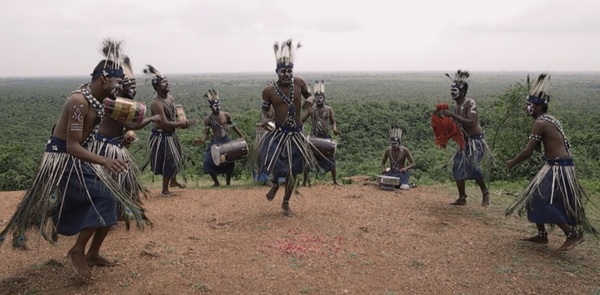- The President of India recently appreciated the Siddi tribal community, which falls under the Particularly Vulnerable Tribal Groups (PVTG), for achieving a literacy rate of over 72%.
- This milestone is an inspiring example for marginalized communities in India, highlighting progress in education and social inclusion.

Who are the Siddis?
- The Siddis are an Indo-African tribal community in India, descended from the Bantu people of East Africa.
- Their distinct ethnic and cultural identity sets them apart from other Scheduled Tribes in India.
Historical Background
The arrival of the Siddi community in India occurred in two major phases:
- 7th century CE with Arab traders.
- 16th century CE under Portuguese and British colonial powers, mainly as slaves, servants, blacksmiths, and artisans.
- Their African ancestry is still visible in their physical features. Despite centuries of integration into Indian society, the Siddis have preserved their traditional identity.
Geographical Distribution
Currently, the Siddi community mainly resides in:
- Gujarat: Especially Junagadh and Gir Forest regions
- Karnataka: Primarily Uttara Kannada district
- Maharashtra
- Telangana
- Although widely distributed, their population remains relatively small. Most Siddis live in rural and forested areas.
Social and Legal Status
- In 2003, the Government of India recognized the Siddis as a Scheduled Tribe (ST).
- They are also categorized under Particularly Vulnerable Tribal Groups (PVTG).
- As a PVTG, the Siddi community receives special priority in education, livelihoods, and social development programs.
- Achieving 72% literacy is significant, given the challenges PVTG communities face, such as geographic isolation, limited access to education, and economic marginalization.
Language, Occupation, and Lifestyle
- Languages: Konkani, Urdu, and Marathi (depending on the region)
- Primary Occupations:
- Agriculture and manual labor
- Collection and sale of minor forest produce
- Daily-wage work in urban areas
- Additionally, the Siddi community engages in traditional crafts, music, dance, and cultural performances.
Cultural Heritage
- The Siddis are renowned for their musical and dance traditions, reflecting their Bantu-African roots.
- Key Cultural Expressions:
- Dhamal Dance: Energetic and rhythmic folk dance performed by men.
- Rasda Dance: Symbolic community dance for festivals.
- These cultural expressions showcase the fusion of African heritage with Indian traditions.
Significance of Literacy Achievement
Achieving 72% literacy is a historic social accomplishment for the Siddi community, indicating:
- Successful government and social initiatives in education
- High school enrollment among Siddi children
- Positive social and economic progress
- Increased awareness of government programs and rights
- Potential improvements in employment opportunities, social participation, and quality of life
Particularly Vulnerable Tribal Groups (PVTG) in India
- PVTGs are a subcategory of Scheduled Tribes (ST) considered the most marginalized and isolated communities in India.
- They require special attention due to limited access to basic services like health, education, and livelihoods.
- History:
- Initiated based on the 1975 Dhebar Commission recommendations.
- Initially recognized 52 groups.
- In 2006, the term “Primitive Tribal Groups (PTG)” was replaced with PVTG.
Criteria for Identification
According to government guidelines, a tribal group qualifies as PVTG if it exhibits:
- Pre-agricultural technology: Primarily dependent on hunting, gathering, or shifting cultivation.
- Population: Small or declining.
- Literacy: Very limited education compared to other tribes.
- Economic condition: Minimal economic development, mainly forest-dependent.
- States and Union Territories nominate eligible groups, and the Ministry of Tribal Affairs maintains the list.
Distribution and Population
- Total PVTGs: 75 groups
- States & UTs: 18 states and 1 Union Territory (Andaman & Nicobar Islands)
- Largest Population: Odisha, with 13 groups and over 2.5 lakh people (2011 census)
- Absent States: Punjab and Haryana have no PVTG groups
- Contribution to ST population: About 0.6%
- Geographical Setting: Remote forests and hilly areas, making access difficult




